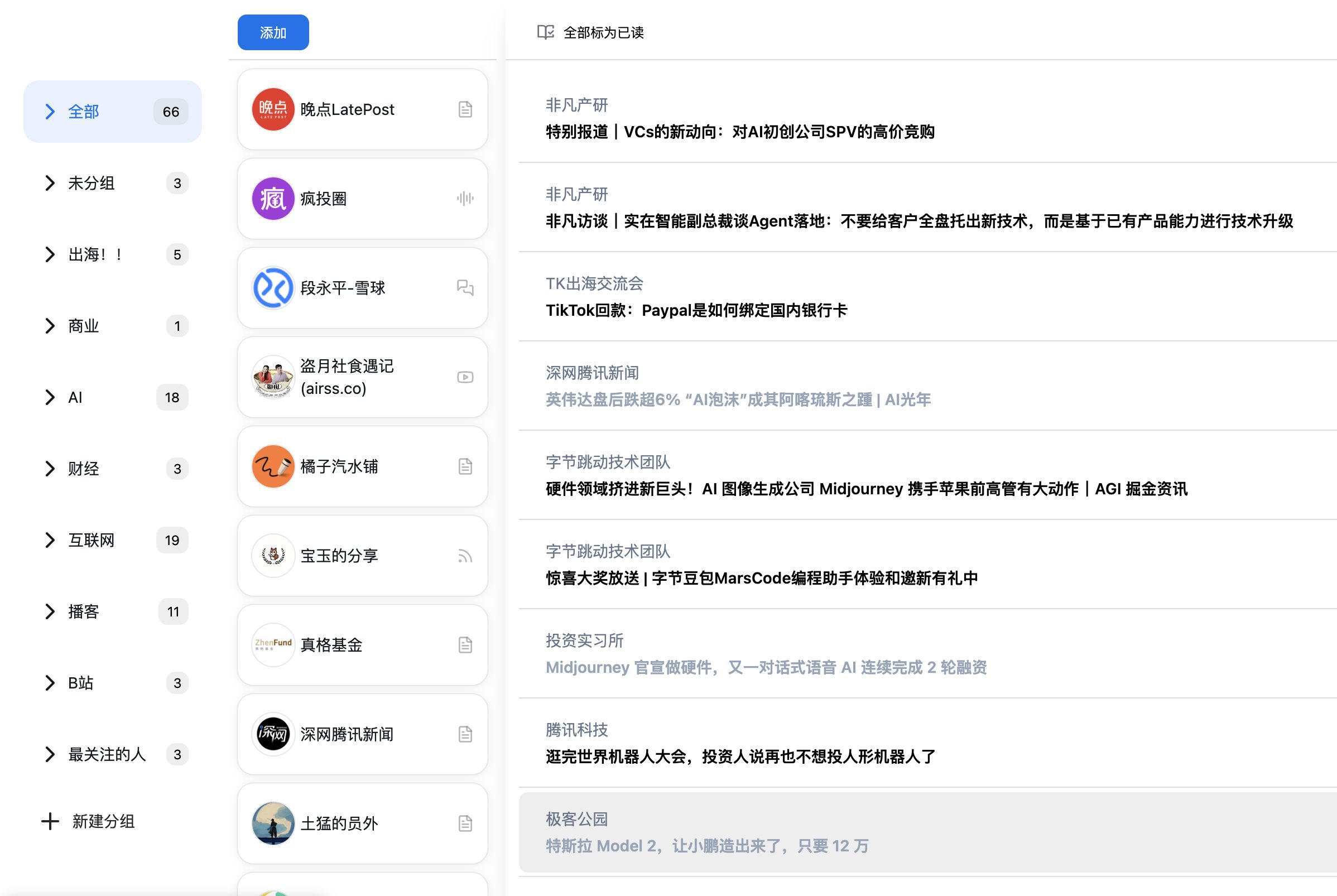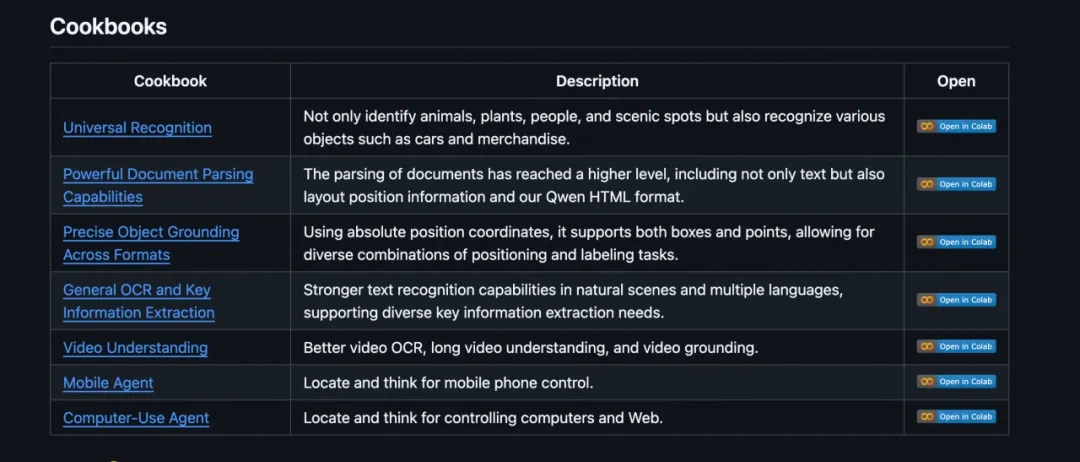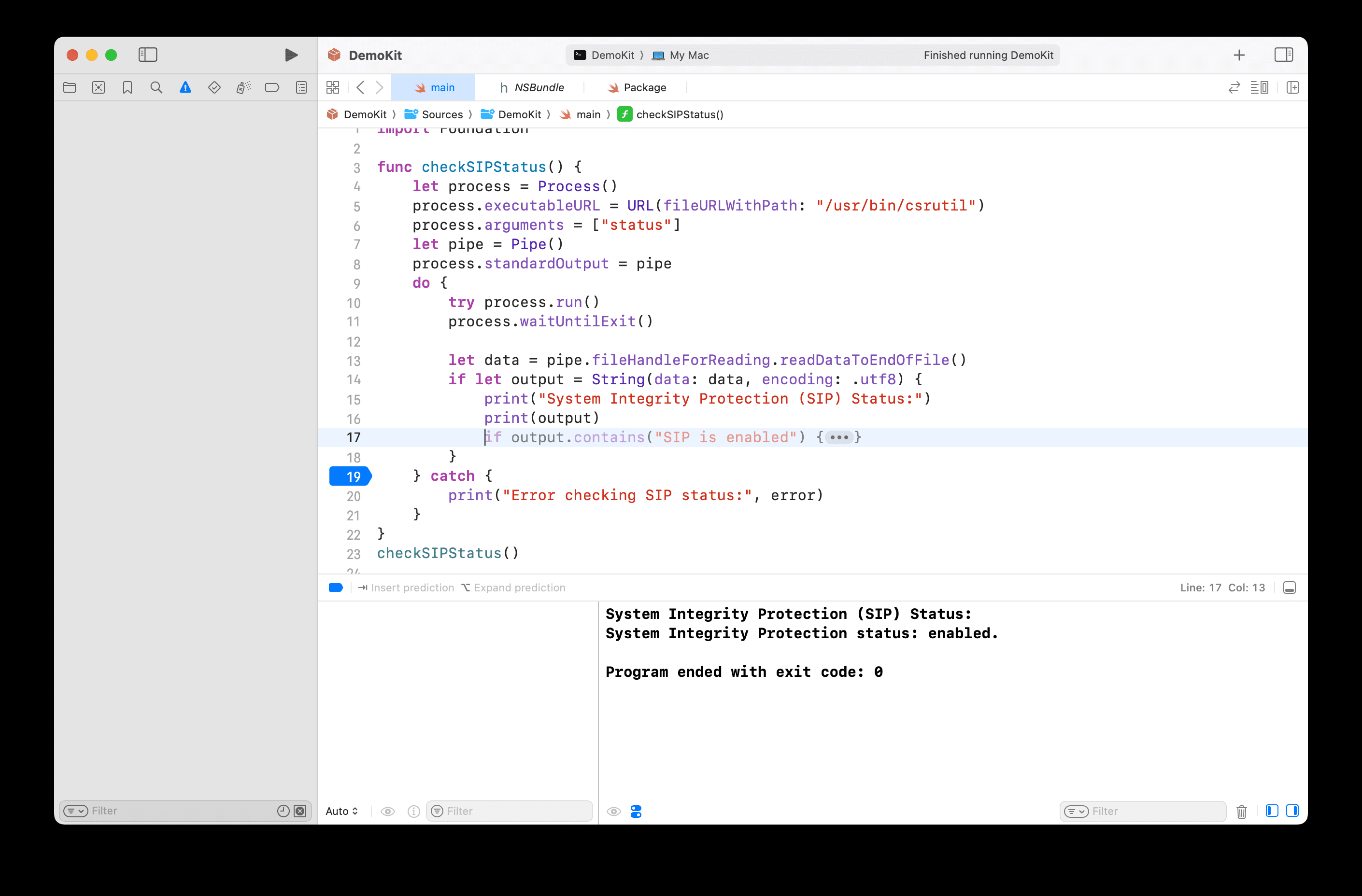Recommended RSS feed tools: efficiency tools for AI learners
In today's rapid development of AI, timely access to high-quality AI-related information is becoming increasingly important.RSS (Really Simple Syndication) subscription tools, as a classic information aggregation method, are helping more and more AI learners to build a personalized knowledge acquisition system. In this paper, we will deeply analyze the application value of three mainstream RSS tools in AI learning.
I. Why choose RSS tools to learn AI?
In the age of information overload, RSS tools offer the following unique advantages:
- Information aggregation: centralized management of multiple AI knowledge sources
- Real-time updates: timely access to the latest research developments
- Personalization: Filtering content based on learning needs
- Efficient management: improving the efficiency of knowledge acquisition and organization
Comparative analysis of the three mainstream RSS tools
1. Squirrel Watch: A Lightweight Primer

Core strengths:
- Simple and intuitive interface with low learning costs
- Fast browsing function for initial information sifting
- Multi-platform support ensures that learning is not limited by devices
Limitations:
- Relatively basic functionality, not suitable for in-depth users
- Lack of advanced filtering and analytical capabilities
- Fewer personalization options
2. Follow: an emerging tool for AI enablement

Innovative features:
- Integrate AI recommendation algorithms to provide intelligent content pushing
- Social features promote learning exchange and sharing
- Open source features support personalization
Deficiencies:
- Some premium features require payment
- Ecosystems are still evolving as new tools
- Stability to be verified
Follow: a new generation RSS reader with useful AI summarization and subscription sharing features
3. Inoreader: the right choice for professional users

Highlight the advantages:
- Powerful customization for deep learning needs
- Diverse content formats support all-around learning
- Comprehensive information management system facilitates knowledge accumulation
Difficult to use:
- Functional complexity is high and takes time to master
- Most premium features require a paid subscription
- Steeper interface learning curve
Inoreader: Build Your Own News Feed|RSS Reader|Social Media Monitor
III RSS Best Practices for AI Learning Scenarios
1. Constructing a matrix of knowledge sources
- Subscribe to the official blog of the leading AI research organization
- Follow technology updates from leading AI companies
- Tracking the latest publications in key academic journals
2. Content categorization and management
- By technology area (machine learning, deep learning, NLP, etc.)
- Building a Knowledge Graph Using a Labeling System
- Establishment of an archiving system for important articles
3. Intelligent filtering and recommendation
- Setting up keyword filters to target research
- Discover potentially valuable content with AI recommendations
- Creating Personalized Reading Priorities
A very distinctive RSS feed tool:ReadPo: automated content syndication and rewriting of articles, one-click graphic creation based on topics
IV. Recommendations for tool selection
- introductory learner
- Recommended for squirrels
- Focus on underlying concepts and technology developments
- Progressively building a body of knowledge
- advanced learner
- You can try Follow
- Expanding Knowledge with AI Recommendations
- Participate in community exchanges and sharing
- Researcher specializing in
- Inoreader is recommended
- Deep integration of various information sources
- Building a professional knowledge base
V. Future prospects
As AI technology evolves, RSS tools will evolve in the following directions:
- Smarter content recommendation mechanism
- Deeper knowledge integration capabilities
- More personalized learning path planning
concluding remarks
In the process of AI learning, choosing the right RSS tools can not only improve the learning efficiency, but also help build a systematic knowledge system. By using these tools wisely, we can make our AI learning path more efficient and organized.
© Copyright notes
Article copyright AI Sharing Circle All, please do not reproduce without permission.
Related posts

No comments...




